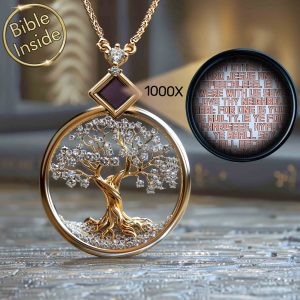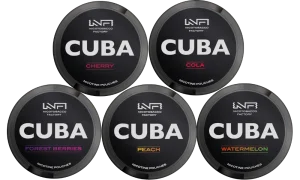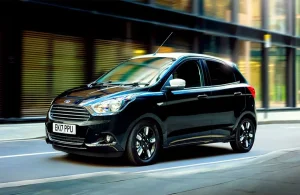Forward-Thinking Trends: Inclusive Fashion Reshaping the Industry

Runway shows have long featured tall, skinny, abled-bodied models walking in designer clothes. That’s because the fashion industry has said that is the body type clothing looks best on.
In recent years, the fashion industry has heard criticism surrounding this exclusivity and lack of diversity. There is practically no diversity in the models, and there is also no diversity in the types of clothing brands make.
But younger generations have long called for inclusive fashion that caters to all bodies regardless of size or ability. And more than that, people want inclusive fashion that’s just as stylish and trendy as mainstream lines.
What Are Inclusive Fashion and Adaptive Fashion?
Inclusive fashion is the principle that a piece of clothing is designed so that anybody can wear it. This includes the disabled community. It differs from adaptive fashion, which changes a product to address a certain need.
An example of adaptive clothing would be pants, skirts, dresses, or shirts that have magnetic closures instead of buttons or open at the sides. Clothing can be cut in a way that makes them comfortable to wheelchair users.
Adaptive fashion changes current products to make them useful for many bodies. However, inclusive fashion starts at the beginning of the design process and creates clothing with body inclusivity in mind from the start.
Representation Is Power
So why care about adaptive fashion and inclusive fashion? While the mainstream culture and the fashion industry may not feature a variety of bodies, about 15% of the world population has some form of disability.
Those who aren’t a part of that 15% could become disabled at some point in life. But the risk of being disabled shouldn’t be the catalyst to listening to the voices of disabled people or having proper representation.
Representation is power. Seeing disabled bodies at the forefront of the fashion industry rather than as an afterthought should be the norm.
Making Fashion Accessible
Clothing doesn’t only need to be made for different bodies to wear. Accessible clothing also needs to be accessible to buy. These kinds of clothes are often seen as specialty items.
This means they can be difficult to find or only sold at certain stores. They may have to be custom-made clothes or face higher prices for adaptive pieces. These hurdles shouldn’t exist when simply trying to buy clothes.
Fashion should be accessible in that these kinds of clothes should be more widely offered in stylish and on-trend options.
Fashion Inclusivity Is the Future of the Industry
The truth is that inclusivity and diversity are making their way through the industry. Many brands feature all kinds of bodies on the runway these days.
The issue is that diverse bodies and inclusive fashion are still treated as a side quest for many brands, companies, and runways. Hiring one model is not enough. Having a small line of inclusive clothing is not enough.
It’s absolutely time to make inclusivity in fashion the norm.
Looking for more fashion and beauty articles? Check out the blog for more articles, tips, and trends every day!








